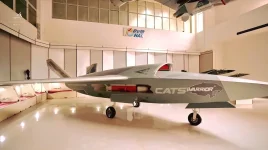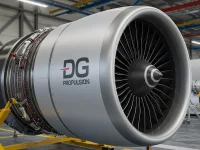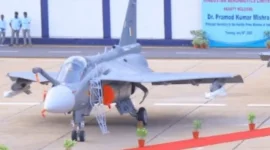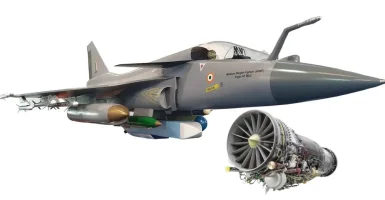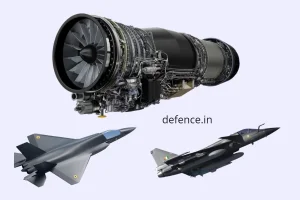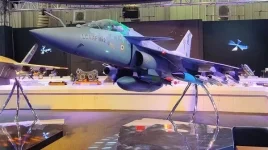- Views: 3K
- Replies: 31
India's ambitious Advanced Medium Combat Aircraft (AMCA) MkII program is poised to significantly boost the nation's defence self-reliance, with HAL and ADA targeting 90% indigenous content by 2033. This fifth-generation fighter jet, designed with advanced stealth, cutting-edge avionics, and high-performance capabilities, represents a major leap forward in India's quest for technological independence in the defence sector.
The AMCA MkII program aims to roll out its first prototype by late 2028. Initially, this prototype will feature approximately 70% indigenous components. However, the long-term vision is to progressively replace imported systems with domestically developed alternatives, culminating in 90% indigenous content by the time the aircraft enters production in late 2033.
A pivotal element of the AMCA MkII's indigenization effort is its engine. The aircraft will be powered by an indigenously developed 110kN engine, a significant technological achievement for India. This engine, developed in collaboration with a foreign partner, is crucial for achieving the desired thrust and performance, while simultaneously reducing reliance on foreign suppliers for this critical component.
While the specific collaborator has not been officially disclosed, it is known that India has been in talks with international engine manufacturers like Safran (France), Rolls-Royce (UK), and GE Aviation (USA) for potential partnerships in advanced engine development.
While the 90% indigenization target is ambitious, industry experts acknowledge that achieving complete self-sufficiency is not economically feasible. As noted by experts, attempting 100% indigenization could significantly inflate production costs, driving up the unit price of each fighter jet. This echoes concerns previously raised in other complex defence projects, where the pursuit of absolute indigenization has sometimes resulted in cost overruns and project delays.
Consequently, the remaining 10% of the AMCA MkII's systems may continue to be sourced from international suppliers. These components are anticipated to be of less strategic importance, ensuring that their absence from the Indian supply chain would not significantly compromise the aircraft's operational capabilities.
This strategic balance allows India to benefit from global expertise and potentially more cost-effective solutions for specific, non-critical components while primarily focusing on domestic development for core technologies. In the event of global supply chain disruptions or sanctions, the impact of losing access to these non-essential components would be minimal, as they would not affect the core performance or strategic utility of the AMCA MkII.
The AMCA program will place India among a select group of nations capable of developing and manufacturing fifth-generation fighter aircraft. The current global landscape of fifth-generation fighters includes the American F-22 Raptor and F-35 Lightning II, the Chinese Chengdu J-20, and the Russian Sukhoi Su-57.
Achieving substantial indigenization in such a complex project would be a testament to India's growing technological prowess and industrial capabilities in the defence sector. The successful development of the AMCA Mk2 will also likely provide a boost to India's aerospace ecosystem, potentially leading to the development of ancillary industries and creating high-skilled employment opportunities.

